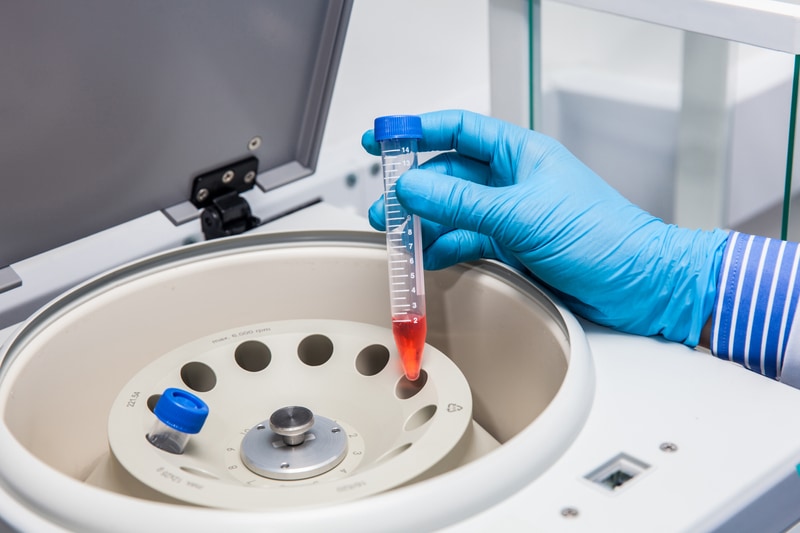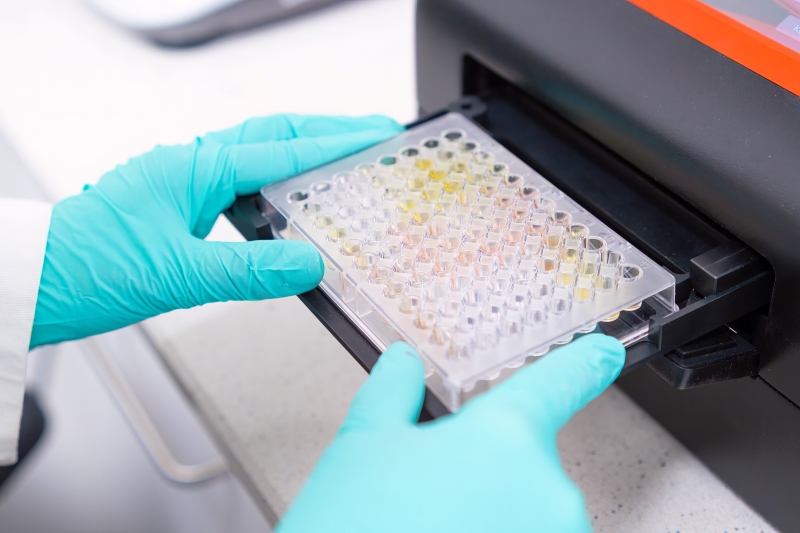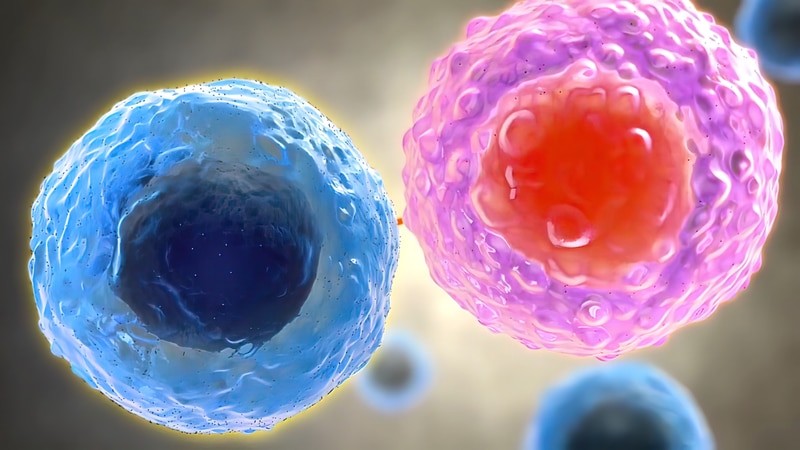Multi Sciences Elevates Research Access with Global Bioz Badges Roll-out
Bioz, Inc., the leading AI-powered engine for scientific product insights, proudly announces the deployment of 1,000 Bioz Badges on Multi Sciences' English and Chinese product webpages. International researchers can now readily access publication-backed validation of Multi Sciences' comprehensive reagent portfolio, including ELISA kits, recombinant proteins, cellular assay kits and related buffers and reagents. The enriched webpages dynamically link widgets to peer-reviewed literature and AI-generated contextual insights. These badges are designed to boost user confidence and support data-driven product decisions across global markets. "Our goal was to make our product information global and easily accessible. The integration of Bioz Badges across both English and Chinese platforms demonstrates our commitment to serving researchers worldwide," said Luhong Song, General Manager of Multi Sciences.…












